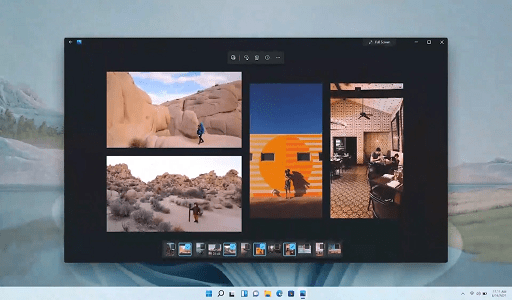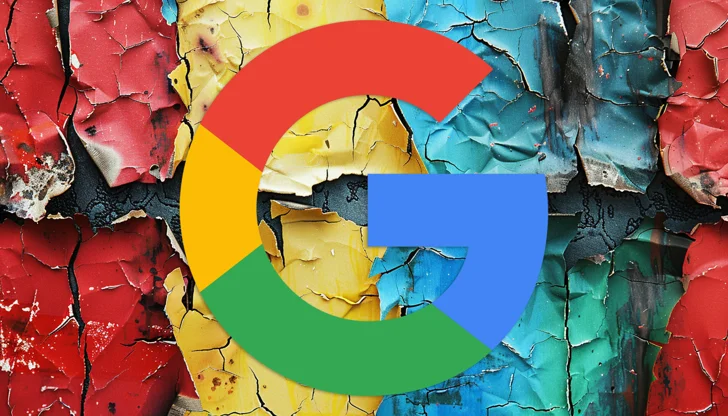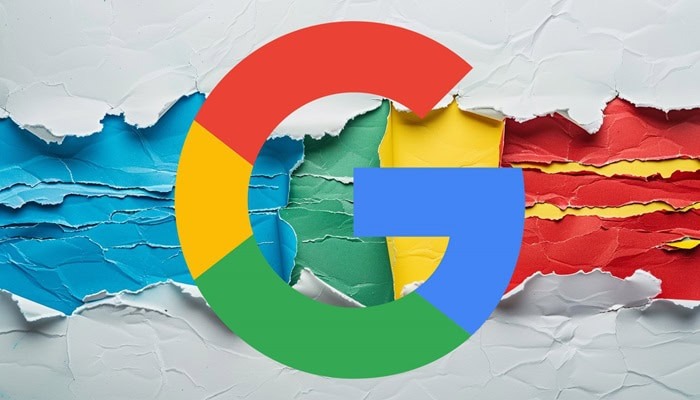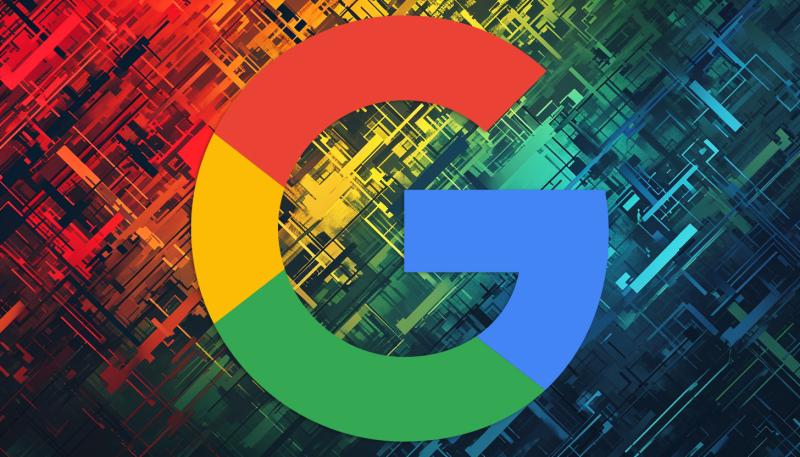Google has unveiled an open-source large language model inspired by the technology behind Gemini. This model, named Gemma, strikes a balance between potency and efficiency, tailor-made for deployment in resource-constrained environments such as laptops or cloud setups.
Gemma proves versatile, and capable of powering chatbots, content generators, and virtually any other task within the world of language modeling. SEO professionals, in particular, stand to benefit significantly from its features.
Available in two versions—two billion parameters (2B) and seven billion parameters (7B)—Gemma’s parameter count serves as a measure of its intricacy and potential prowess. More parameters translate to a deeper understanding of language and the ability to produce more sophisticated outputs.

However, higher parameter counts also demand greater computational resources for training and operation. The primary objective behind Gemma’s release is to democratize access to cutting-edge Artificial Intelligence. Engineered to prioritize safety and responsibility from the outset, Gemma comes equipped with tools to further enhance its safety features.
The Google Gemma
This is a creation of DeepMind, which is designed with a focus on being lightweight and efficient, positioning it ideally for broader adoption among end-users.
In its official announcement, Google highlighted the following key aspects:
-
“We’re releasing model weights in two sizes: Gemma 2B and Gemma 7B. Each size is released with pre-trained and instruction-tuned variants.
-
A new Responsible Generative AI Toolkit provides guidance and essential tools for creating safer AI applications with Gemma.
-
We’re providing toolchains for inference and supervised fine-tuning (SFT) across all major frameworks: JAX, PyTorch, and TensorFlow through native Keras 3.0.
-
Ready-to-use Colab and Kaggle notebooks, alongside integration with popular tools such as Hugging Face, MaxText, NVIDIA NeMo and TensorRT-LLM, make it easy to get started with Gemma.
-
Pre-trained and instruction-tuned Gemma models can run on your laptop, workstation, or Google Cloud with easy deployment on Vertex AI and Google Kubernetes Engine (GKE).
-
Optimization across multiple AI hardware platforms ensures industry-leading performance, including NVIDIA GPUs and Google Cloud TPUs.
-
Terms of use permit responsible commercial usage and distribution for all organizations, regardless of size.”
Analysis of Google Gemma
In a study conducted by Awni Hannun, a machine learning research scientist at Apple, Gemma emerges as optimized for exceptional efficiency, making it particularly suitable for deployment in resource-constrained settings.
Hannun’s examination reveals that Gemma boasts a vocabulary consisting of 250,000 (250k) tokens, a significant expansion compared to the 32k tokens of comparable models. This expanded vocabulary equips Gemma with the ability to comprehend and process a broader array of words, helping it tackle tasks involving intricate language structures. The analysis suggests that this extensive lexical range enhances Gemma’s adaptability across diverse content types, potentially aiding in tasks involving mathematics, coding, and other modalities.
Furthermore, it was observed that Gemma’s “embedding weights” are notably substantial, totaling 750 million. These embedding weights play an important role in facilitating the mapping of words to their respective meanings and semantic relationships.
One notable feature he highlighted is the usage of embedding weights, which encode intricate details regarding word meanings and associations. These weights are used not only during input processing but also in generating the model’s output. This shared usage enhances the model’s efficiency by enabling it to more effectively use its grasp of language when generating text.
For end-users, this translates to more precise, pertinent, and contextually fitting responses from the model, thereby enhancing its effectiveness in content generation, chatbots, and translations.
He expressed this insight via Twitter:
“The vocab is massive compared to other open source models: 250K vs 32k for Mistral 7B
Maybe helps a lot with math / code / other modalities with a heavy tail of symbols.
Also the embedding weights are big (~750M params), so they get shared with the output head.”
In a subsequent tweet, he also pointed out an optimization in the training process, which could lead to potentially enhanced accuracy and sophistication in model responses. This optimization facilitates the model’s ability to learn and adjust more efficiently throughout the training stage.
He shared this observation via Twitter:
“The RMS norm weight has a unit offset.
Instead of “x * weight” they do “x * (1 + weight)”.
I assume this is a training optimization. Usually the weight is initialized to 1 but likely they initialize close to 0. Similar to every other parameter.”
He later added that while there are additional optimizations in data and training, these two factors particularly caught his attention.
How To Control Bard and Vertex AI Training Data Access on Your Websites
Designed for Safety and Responsibility
An important aspect is its foundational design for safety, rendering it suitable for deployment in several applications. The training data underwent filtration to eliminate personal and sensitive content. Additionally, Google used reinforcement learning from human feedback (RLHF) to cultivate responsible behavior in the model.
Furthermore, extensive debugging occurred through manual re-evaluation, automated testing, and assessment of capabilities to prevent unwanted or dangerous activities.
Google also launched a toolkit to assist end-users in enhancing safety measures:
“We’re also releasing a new Responsible Generative AI Toolkit together with Gemma to help developers and researchers prioritize building safe and responsible AI applications. The toolkit includes:
-
Safety classification: We provide a novel methodology for building robust safety classifiers with minimal examples.
-
Debugging: A model debugging tool helps you investigate Gemma’s behavior and address potential issues.
-
Guidance: You can access best practices for model builders based on Google’s experience in developing and deploying large language models.”
Would you like to read more about “Google Gemma: An Open Source AI Optimized for Laptops” related articles? If so, we invite you to take a look at our other tech topics before you leave!
Use our Internet marketing service to help you rank on the first page of SERP.










